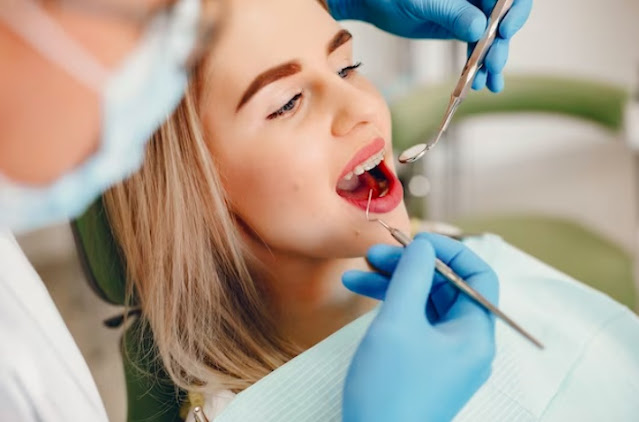Sedation Dentistry: What You Need to Know
For many people, going to the dentist can be a stressful and anxiety-inducing experience. However, with sedation dentistry, patients can receive the dental care they need in a comfortable and relaxed state. In this blog post, we will discuss everything you need to know about sedation dentistry.
What is Sedation Dentistry?
Sedation dentistry is a dental technique that uses medication to help patients relax during dental procedures. It can be used for any dental procedure, from a routine cleaning to a more complex treatment, and is especially beneficial for patients who have dental anxiety or phobia.
Types of Sedation:
There are several types of sedation used in dentistry, including:
- Nitrous oxide - Also known as laughing gas, nitrous oxide is a mild sedative that is inhaled through a mask placed over the nose. It produces a feeling of euphoria and relaxation, and patients remain conscious during the procedure.
- Oral sedation - Oral sedation involves taking a pill or liquid medication before the procedure to induce a relaxed and drowsy state. This type of sedation can range from mild to moderate, and patients may or may not remain conscious during the procedure.
- IV sedation - IV sedation involves administering medication through an IV in the arm. This type of sedation produces a deeper level of sedation, and patients are usually not conscious during the procedure.
- General anesthesia - General anesthesia is the deepest form of sedation and involves administering medication that puts the patient into a state of unconsciousness. It is typically reserved for more complex procedures or for patients with severe anxiety or phobia.
Benefits of Sedation Dentistry:
- Reduced anxiety and fear - Sedation dentistry helps reduce anxiety and fear, allowing patients to receive the dental care they need without feeling stressed or overwhelmed.
- Pain-free treatment - Sedation dentistry can help reduce pain and discomfort during dental procedures, making the experience more comfortable for patients.
- Time-saving - With sedation dentistry, Edmonton dentist can perform longer and more complex procedures in one sitting, reducing the need for multiple appointments.
- Improved dental health - By receiving regular dental care without fear or anxiety, patients can improve their overall dental health and prevent more serious dental problems from developing.
Risks and Side Effects of Sedation Dentistry:
While sedation dentistry is generally safe, there are some risks and side effects to be aware of. These can include:
- Nausea and vomiting - This is a common side effect of sedation, especially with oral sedation and general anesthesia.
- Dizziness and drowsiness - Patients may feel dizzy or drowsy after the procedure, so it is important to have a friend or family member accompany them home.
- Breathing difficulties - IV sedation and general anesthesia can affect breathing, so it is important for patients to be monitored closely during the procedure.
- Allergic reactions - Some patients may have an allergic reaction to the sedative medication, so it is important to inform your dentist of any allergies before the procedure.
Conclusion:
Sedation dentistry is a safe and effective way to help patients receive the dental care they need in a comfortable and relaxed state. By choosing the right type of sedation for their needs, patients can overcome their fear and anxiety of going to the dentist and maintain a healthy smile for life. As with any medical procedure, it is important to discuss the risks and benefits of sedation dentistry with your dentist before the procedure.
.jpg)


Comments
Post a Comment